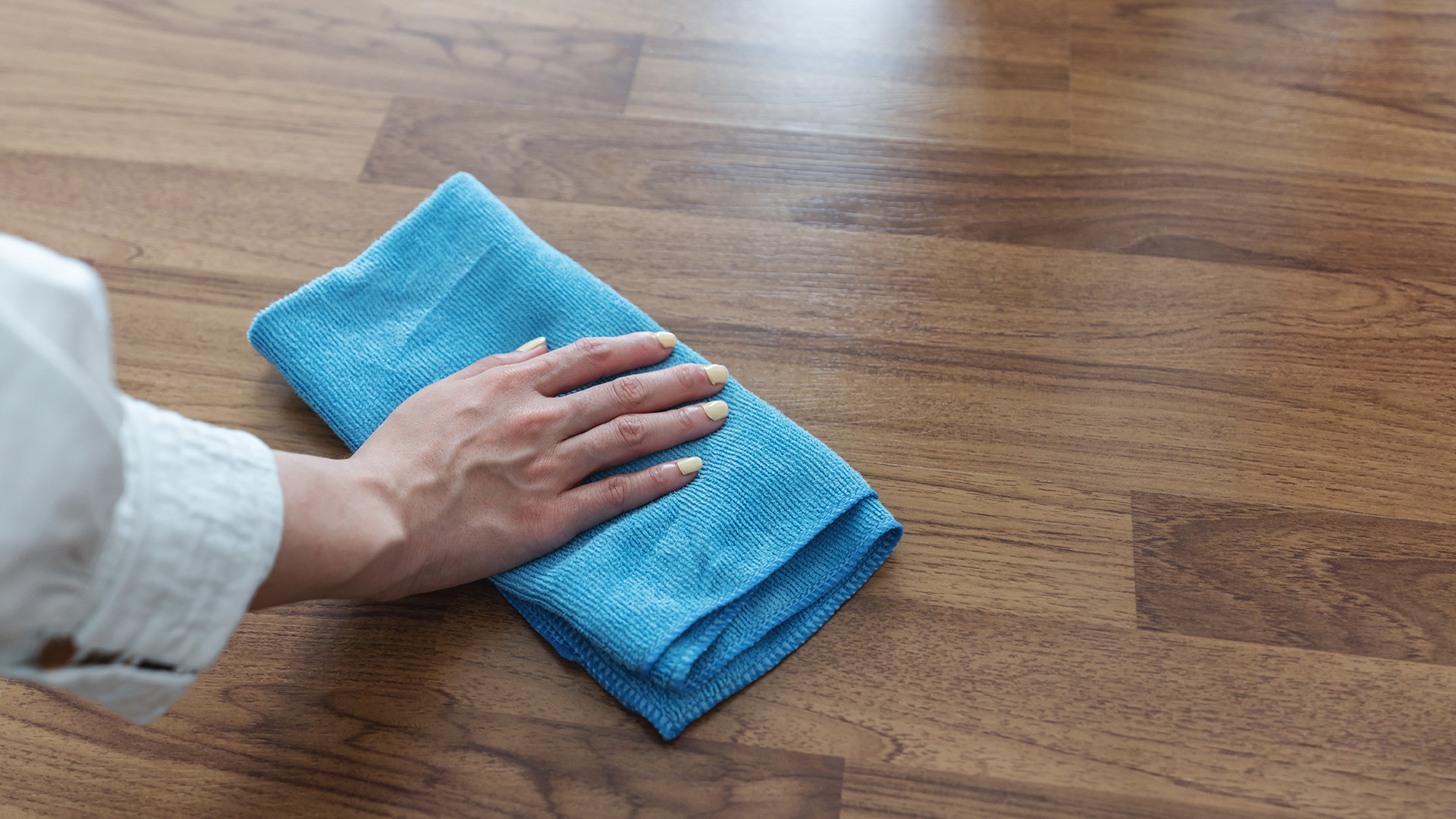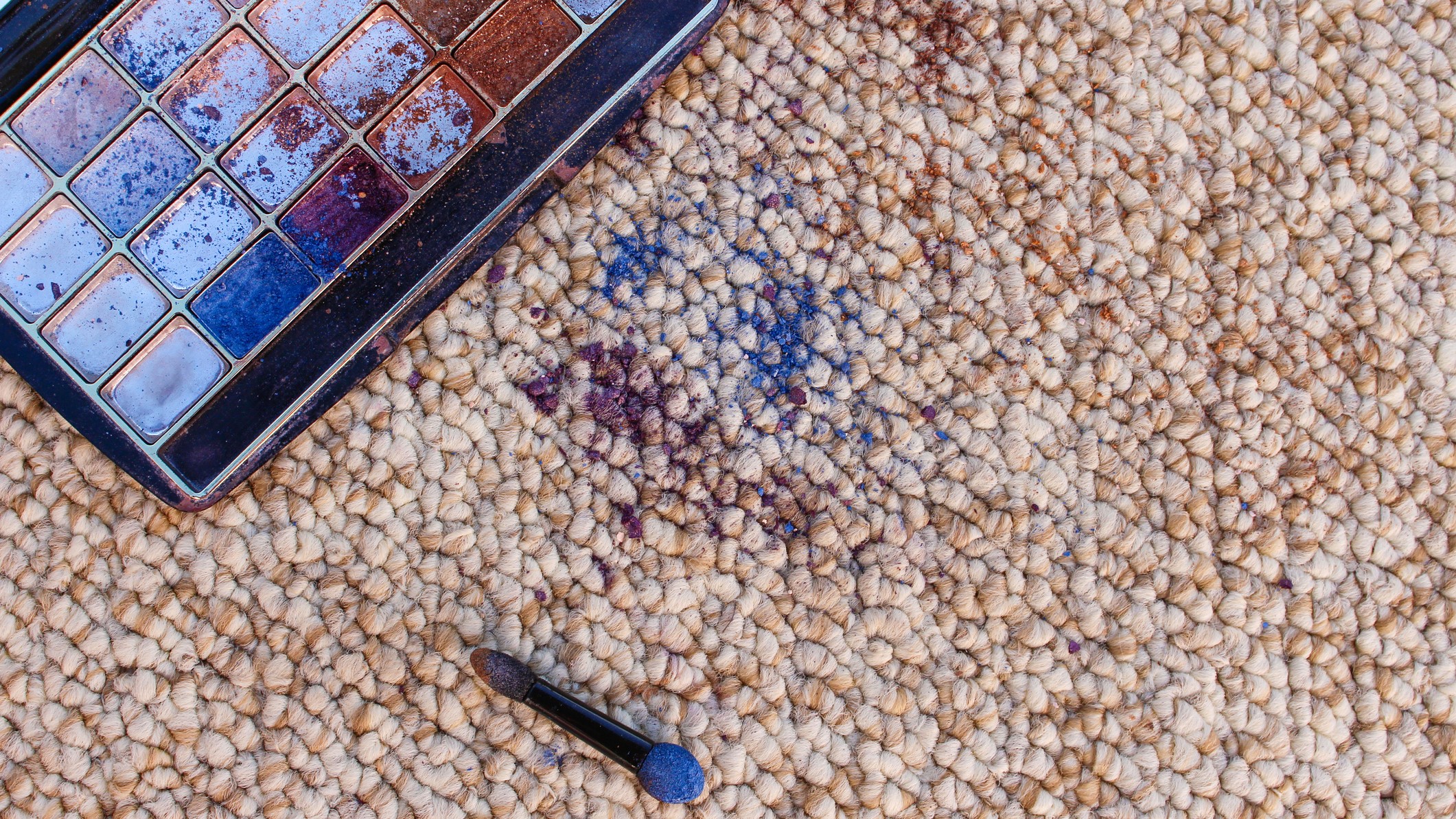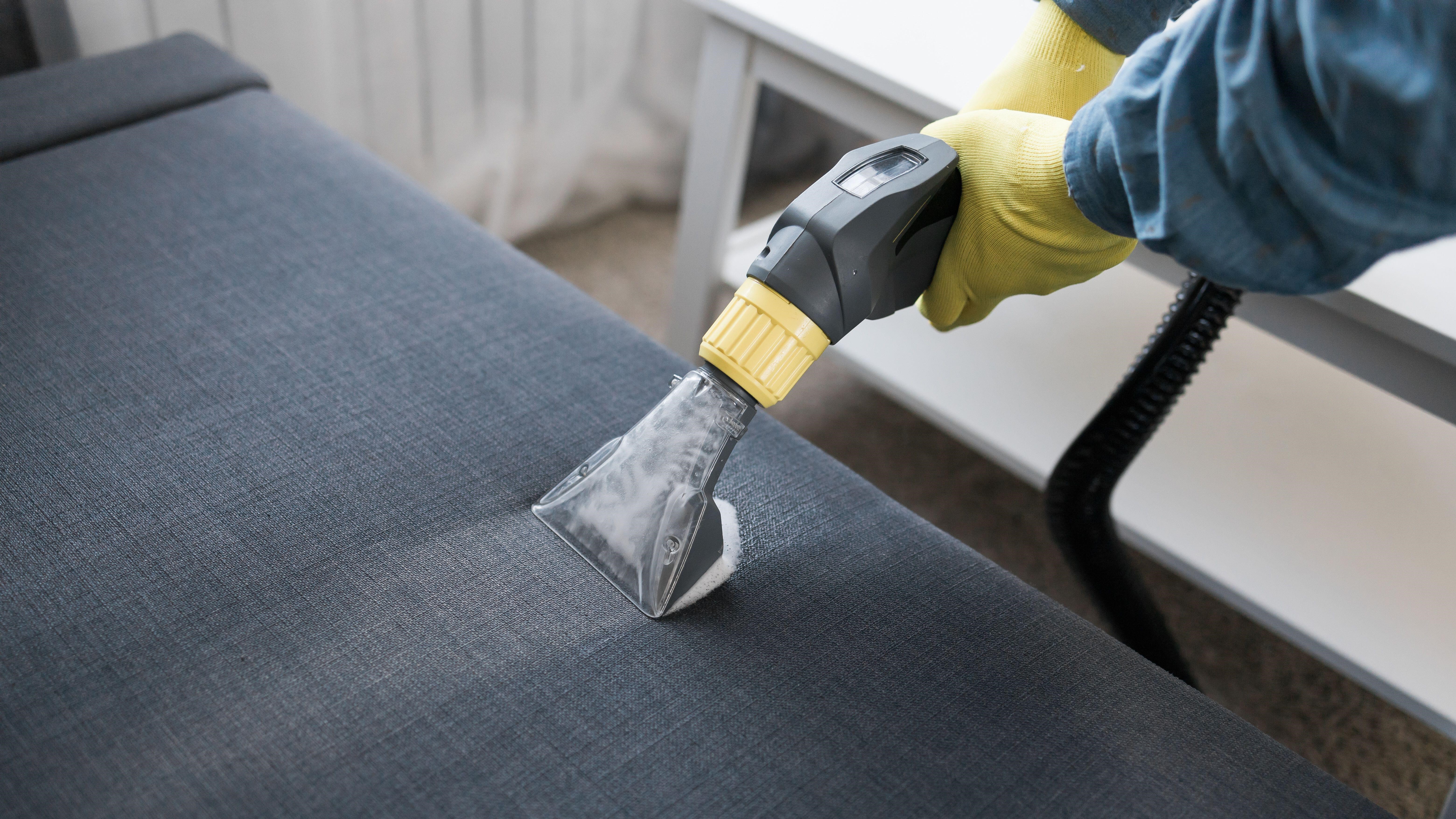Wet/dry vacuum cleaners are gaining popularity. Previously, they were often used only commercially in shops and businesses or by DIY enthusiasts at home. However, innovations in this space mean you can find a wide range of the best wet/dry vacuums designed for domestic homes now, too.
Now you can pick up a wet/dry cordless stick, a canister model that shampoos your carpets and vacuums them, or a handheld vac that sucks away wet and dry spills in an instant. You can even get robot vacuums that sweep and mop simultaneously during the night when you’re asleep! Vacuum brands are working hard to make these handy tools even more versatile at tackling a wide range of messes in homes, garages, and workshops.
However, despite their versatility, there are still certain spills, messes and objects you should never attempt to tackle with your wet/dry vacuum. Doing so can damage your wet/dry vacuum, leave lasting odors, ruin certain fabrics and furnishings and even pose serious risks to your health and safety. So, what should you never wet/dry vacuum? Let us tell you.
What you should never wet/dry vacuum
1. Burning or glowing objects
First and foremost, never vacuum up any burning or glowing objects, such as cigarette butts, embers, or hot ashes from your fireplace or outside brazier. Even if these items appear to have cooled down, they may still contain enough heat to ignite dust and debris inside your wet/dry vacuum cleaner, causing a fire.
Always ensure that any potential fire hazards have completely cooled before disposing of them properly.
2. Unsealed wooden floors
“You shouldn’t clean any unsealed wooden floor with the wet function of a wet/dry vacuum,” says Brian Johnson, appliance expert at MyJobQuote.co.uk.
“Without a protective seal on the surface, the wood will absorb the water from the vacuum, which can cause the flooring to warp, twist and split. Sweeping and cleaning with natural oils and wax is the best treatment for unsealed hardwood floors.”
We'd recommend using a microfibre cloth, like this 50-pack of Aidea clothes on for $16.99 on Amazon, to clean unsealed wooden floors.

Brian Johnson has worked as an appliance expert for MyJobQuote for four years and has worked in the industry for over 25 years. Brian continues to work for clients, providing appliance diagnostics and repairs, while also providing expert advice to industry professionals and homeowners. His expert tips have been featured in a range of reputable publications over the years.

3. Animals (yes, really)
It may seem unnecessary to point this out but please never be tempted to wet/dry vac your pooch, no matter how much pet dander they have or how muddy they are. Not only will the powerful suction cause severe injuries, but the loud noise of a wet/dry vacuum can be super frightening and traumatic for your pet.
It could also break your vacuum, says Ryan Knoll, owner of Tidy Casa, a home cleaning company in Arizona, has more. "Pet or human hair can tangle and clog the vacuum, making it less effective and potentially damaging it."
If you’re looking for a handy way to utilize your regular vacuum in helping to keep pet dander to a minimum, the Dyson Pet Groom Tool makes getting rid of unwanted pet hair a cinch, and it’s quiet enough not to startle your pet.

A former marketing consultant for Fortune 500 companies. Ryan started a home services business, Tidy Casa, in 2015. Tidy Casa grew to over $1M a year shortly after its founding. Ryan is passionate about sharing his journey, helping others solve problems, and navigating entrepreneurship.
4. Antique furniture
Brian has a word of warning for anyone hoping to refresh an old piece of furniture with their wet/dry vacuum. “The upholstery on a piece of antique furniture will need to be cleaned according to the fabric or material used and its condition. Never use a wet/dry vacuum on antique wooden furniture like a chair, couch or bed frame. If the piece is valuable or in delicate condition, it’s best to use a specialist cleaning service to avoid causing any damage. Any wooden parts of antique furniture should also not be exposed to moisture.”
5. Make-up spills
Liquid foundation spills and broken eyeshadow compacts can cause enormous headaches for your carpet, leaving behind highly pigmented stains that are hard to remove. Before you whip out your wet/dry vacuum, though, consider how it might smear the pigment into the carpet fibers, creating an even bigger mess.
Instead, try blotting the spill with a clean cloth or paper towel. Remove as much of the product as possible, then gently scrub with a mild cleaning solution and a soft brush before rinsing with clean water. Once you’ve got as much of the stain out as you possibly can, use your wet/dry vacuum.

6. Large glass shards
While many wet/dry vacs (especially those that are designed for use as shop vacs too) can lift smaller fragments of glass, never try to vacuum up larger shards of glass. These can cause serious damage to the interior of your hose, such as punctures, and damage to the interior of the vacuum if you’re not using a filter bag. They can also pose a safety risk when emptying the vacuum bag or wet/dry vac container.
It's always best to carefully sweep or pick up large glass pieces by hand while wearing protective gloves. Then, dispose of them carefully and separately, ideally wrapped in newspaper or something similar.

7. Silk curtains, rugs and other furnishings
Silk curtains and rugs are beautiful… and expensive. They also require extra special care when cleaning. While we love wet/dry vacs for refreshing furniture, carpets, rugs and mattresses, don’t attempt to clean silk items with your wet/dry vacuum. Silk can be easily damaged by water, heat and abrasion, all of which a wet/dry vacuum generally uses during cleaning. The silk fibers weaken and stretch when wet, too, so you may lose the shape of your beautiful pillow and have ugly water stains to contend with.
“Rather than using a wet/dry vacuum on your curtains while they are still hanging, it’s better to take them down and hand wash them,” says Brian. “Any chemical will leave a residue on silk, so it’s important to use a specific silk solution and avoid any harsh detergents. Baby shampoo works well and will not harm the fabric.”
Try vacuuming silk carpets or other furnishings frequently with a soft brush attachment. This helps release and pick up dust and dirt before it can work its way into the fibers. Or, taking a tip from previous generations, take your silk item outside and hang it up before beating it gently to remove particles and let it air.
8. Poop and vomit
It may be tempting to quickly deal with that unwanted pet mess using your wet/dry vac, but think again. Vacuuming up piles of pet or human waste, such as poop and vomit, is unsanitary and it can cause lasting damage to your machine. Plus you may create unpleasant odors that are difficult to remove from the roller brush or small components, leaving you with a nasty smell you can’t ever seem to get rid of.
Always clear up the solid poop or remove as much of the vomit (using disposable gloves and paper towels) as you can before using your wet/dry vac to clean the area further and leave a clean, hygienic finish.
9. Natural stone flooring
“If you have natural stone flooring, you’ll want to preserve its beauty for as long as possible,” says Brian. “Cleaning is an essential part of the maintenance of your floor, but you need to ensure that you’re using the right tools for the job. A wet/dry vacuum is not a good choice for natural stone, even if it has been sealed. This is because regular use can reduce the longevity of the sealant, allowing water to penetrate and stain your natural stone flooring.”
Instead, Brian recommends using a slightly damp mop to clean natural stone floors gently but effectively.
10. Hazardous materials
Hazardous materials that can be released during building work or home improvement, including asbestos, and lead, require special handling and proper disposal. So don;t be tempted to vacuum them away as a quick fix with your wet/dry vac. Always contact a local professional in your area who is trained in dealing with hazardous materials to ensure proper cleanup and removal.
11. Flammable or combustible liquids
If you’ve inadvertently spilt a flammable or combustible liquid, such as gasoline, oil, or solvents, don’t use your wet/dry vacuum cleaner to suction it away. You could create a fire or even an explosion hazard, putting your safety and your property at risk.
Instead, clean up spills like this using the right absorbent materials and dispose of them following your area’s local regulations.

12. Velvet furnishings
It may be tempting to refresh your sumptuous velvet armchair, sofa or chaise longue with the wet/dry vac, but check the care instructions first, says Brian. “Velvet can be made from natural or synthetic materials such as silk, cotton, rayon or a combination of materials.” In fact, the more silk that’s present in velvet, the more delicate it will be, which makes it prone to water damage.
“It’s important to look at the care instructions for your velvet furniture to determine how to clean it properly. Synthetic velvet is more robust and may tolerate a wet clean, so always check your furniture’s cleaning instructions before proceeding with a wet/dry vacuum,” advises Brian.
13. Wet paint
"Wet or dry paint can be tricky," says Ryan. "It can coat the filters and internal parts, leading to clogs and reducing the vacuum’s efficiency."
Instead, use old rags or paper towels to blot and absorb as muchof the wet paint as you can. Use a paint scraper or a putty knife to gently remove any excess paint. Avoid letting it dry completely before cleanup. Then use soap and water to remove any remaining paint residue.
14. Fine dust
"While it feels like something this type of vacuum could do, it's best to avoid fine dust, like extremely fine drywall dust," says Ryan. "It could clog your wet/dry vacuum's filter and run the risk of damaging the motor. It’s just not worth it."
Wet/dry vacuums have become versatile household tools, yet avoiding certain substances is crucial to prevent damage and hazards. Hot embers, unsealed wooden floors, and pet waste are among the items to steer clear of. Antique furniture, large glass shards, and delicate fabrics like silk and velvet also require special care. Always follow expert guidance to ensure safe and effective cleaning.

